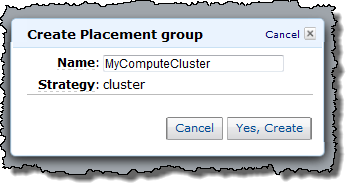After asking for ideas on publishing cheat sheets this morning, I have one to offer as well.
One problem with traditional cheat sheets is what any particular user wants in a cheat sheet?
Another problem is how expand the content of a cheat sheet?
And what if you want to sell the content? How does that work?
I don’t have a working version (yet) but here is my thinking on how topic maps could power a “cheat sheet” that meets all those requirements.
Solving the problem of what content to include seems critical to me. It is the make or break point in terms of attracting paying customers for a cheat sheet.
Content of no interest is as deadly as poor quality content. Either way, paying customers will vote with their feet.
The first step is to allow customers to “build” their own cheat sheet from some list of content. In topic map terminology, they specify an association between themselves and a set of topics to appear in “their” cheat sheet.
Most of the cheat sheets that I have seen (and printed out more than a few) are static artifacts. WYSIWYG artifacts. What there is and there ain’t no more.
Works for some things but what if what you need to know lies just beyond the edge of the cheat sheet? That’s that bad thing about static artifacts, they have edges.
In addition to building their own cheat sheet, the only limits to a topic map based cheat sheet are those imposed by lack of payment or interest. 😉
You may not need troff syntax examples on a daily basis but there are times when they could come in quite handy. (Don’t laugh. Liam Quin got hired on the basis of the troff typesetting of his resume.)
The second step is to have a cheat sheet that can expand or contract based on the immediate needs of the user. Sometimes more or less content, depending on their need. Think of an expandable “nutshell” reference.
A WYWIWYG (What You Want Is What You Get) approach as opposed to WWWTSYIWYG (What We Want To Sell You Is What You Get) (any publishers come to mind?).
What’s more important? Your needs or the needs of your publisher?
Finally, how to “sell” the content? The value-add?
Here’s one model: The user buys a version of the cheat sheet, which has embedded links to addition content. Links that when the user authenticates to a server, are treated as subject identifiers. Subject identifiers that cause merging to occur with topics on the server and deliver additional content. Each user subject identifier can be auto-generated on purchase and so are uniquely tied to a particular login.
The user can freely distribute the version of the cheat sheet they purchased, free advertising for you. But the additional content requires a separate purchase by the new user.
What blind alleys, pot holes and other hazards/dangers am I failing to account for in this scenario?
